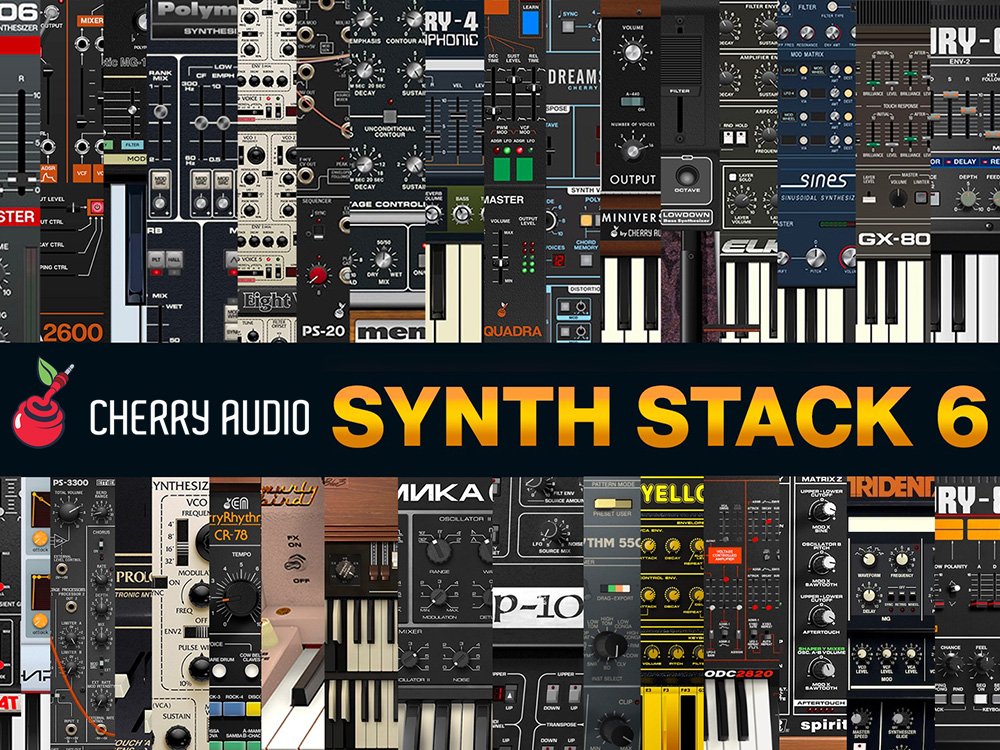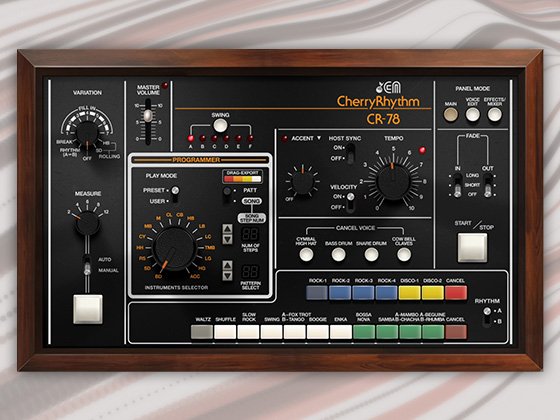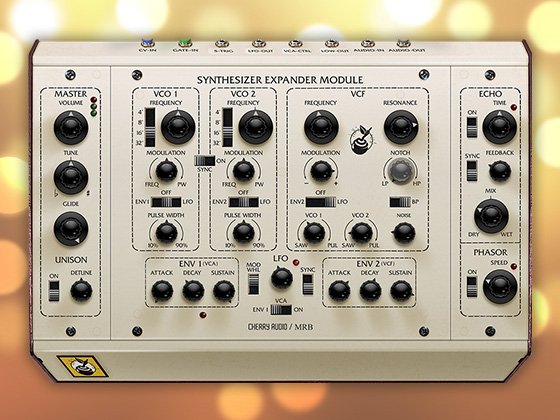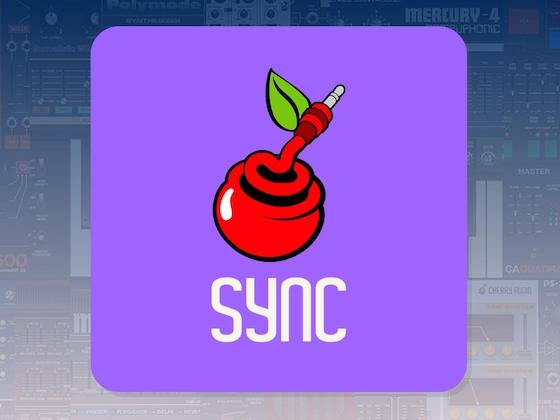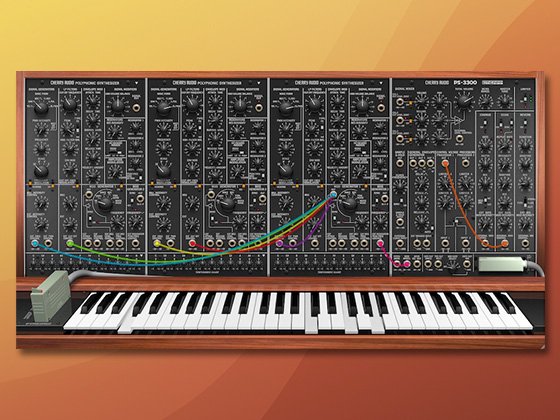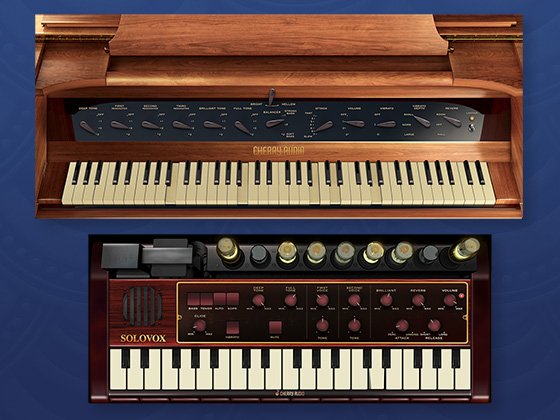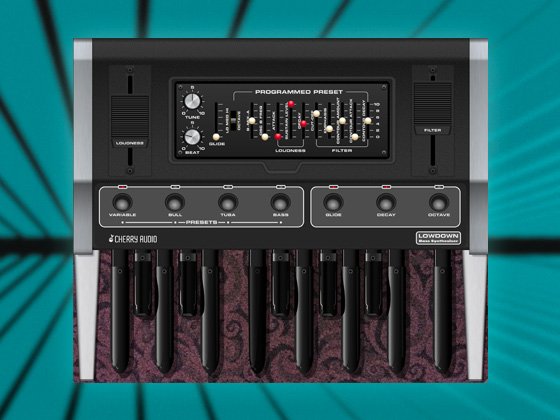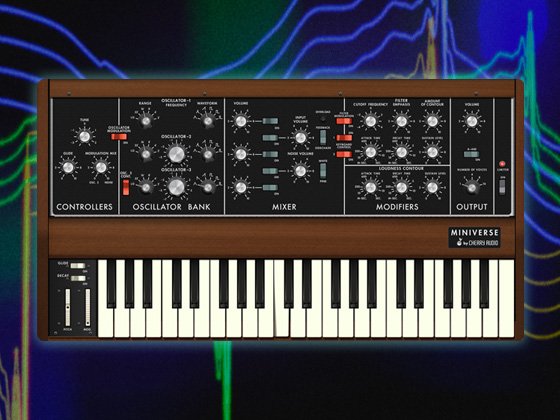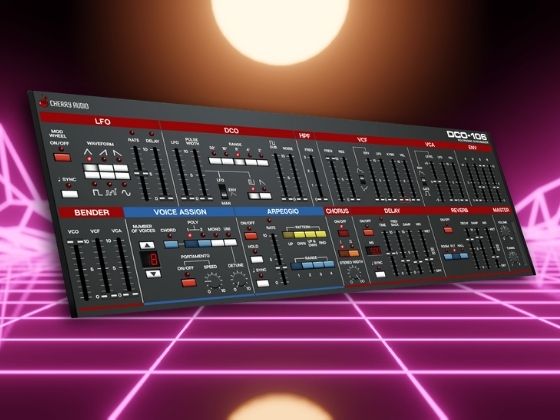$2.50 $5.00
ECHOLOPE
ECHOLOPE came about after receiving quite a few suggestions that we make a "ducking delay", so we made one! And of course, we had to add a few twists of our own. At its heart, ECHOLOPE is a stereo in / out delay that can go from dark analog to clean digital with variable modulation. At the minimum delay time, ECHOLOPE can also be used as a chorus effect.
But the fun really starts when you engage the envelope follower! In normal mode, the level of the wet / delayed signal increases when you play harder. in DUCK mode, the envelope is inverted so the wet signal is reduced. The attack, release and depth controls allow you to fine-tune the rise and fall times and the strength of the effect for some really interesting sounds!
ECHOLOPE handles mono or stereo inputs, but as the modulation works in stereo, we highly recommend using both outputs. Your stereo image is retained throughout thanks to independent left / right delay lines. When either input is used on its own, it will be routed to both outputs.
The ON / OFF switch toggles ECHOLOPE processing on or off. Please note that when off, any delay repeats will continue to occur, but your dry signal will no longer be processed. This is similar to “trails mode” in some delay pedals, which also allows ECHOLOPE to be switched on and off during a performance without pops or clicks.
DELAY sets the delay time from 25ms to a whopping 10 seconds, so you can also use ECHOLOPE as a chorus effect at the minimum delay time, or as a simple sound on sound looper at the maximum delay time.
The HPF button enables a high-pass filter / bass roll-off which can help combat the build-up of low frequencies, especially with guitar. Many delays typically have this feature to avoid signal overloads.
The TONE control is a low-pass filter that reduces high frequencies as it’s turned down. Reducing the control gives the repeats a darker sound, similar to an analog delay.
REGEN re-introduces some of the effected signal into a feedback loop. As you increase REGEN, you will hear more delay repeats, up to infinite repeats. Please note that depending on the HPF and TONE settings, the repeating audio may appear to “degrade” and get duller as it would with an analog delay.
The MOD section has DEPTH and RATE (from 0.1-5.0Hz) controls for the modulation LFO applied to the delay time. The LED between the controls will vary in intensity to reflect the modulation rate.
The DRIFT button, when turned on will introduce gradual variation to the modulation speed so the repeating cycle is not obvious and locked to a set time. This can be a useful effect when used with slower modulation rates.
The DRY button, when switched off, removes the dry / unprocessed signal from the outputs allowing ECHOLOPE to be used as a “100% wet” effect.
The ENV button turns the envelope follower on or off.
SENS varies the threshold / sensitivity of the envelope follower and determines the amount of adjustment to the wet signal, according to the level of the input signal. When used in stereo, the average of the left and right channels is fed into the envelope follower.
The DUCK button, when turned on inverts the response of the envelope follower so that stronger signals decrease the effect instead of increasing it.
The ENV section has dedicated knobs for attack, depth and release. This allows you to customise the response and feel of the envelope follower depending on your audio source. For example, for rhythmic material, you might want to use very low attack, hold and release times for a “snappy” response. Alternatively, when used with guitar for example, longer attack and / or release times can produce very interesting results.
ATK varies the envelope follower attack time from 50ms - 2sec.
REL varies the envelope follower release time from 50ms - 5sec.
The LED between the ENV controls will vary in intensity to reflect the envelope follower.
Please note that the envelope follower applies damping to its input to help achieve a smooth response and nice “feel”. Because of this, you may still notice some “ramping” up or down, even at very short attack or release times.
Below the IN jacks is an ENV sidechain input. When an audio signal is connected to this jack, the gain of the incoming audio at this input is used to drive the envelope follower. Please note the ENV input is designed to accept audio and is not a +/-5.0 CV jack, i.e. negative values will be treated as positive.
We hope you might consider enveloping your sound in echoey goodness with ECHOLOPE!
Title of Song
-
ECHOLOPE-GUITAR
-
KEYS-ECHOLOPE-PHASERLOPE
-
SYNTH-FLANGERLOPE-ECHOLOPE
